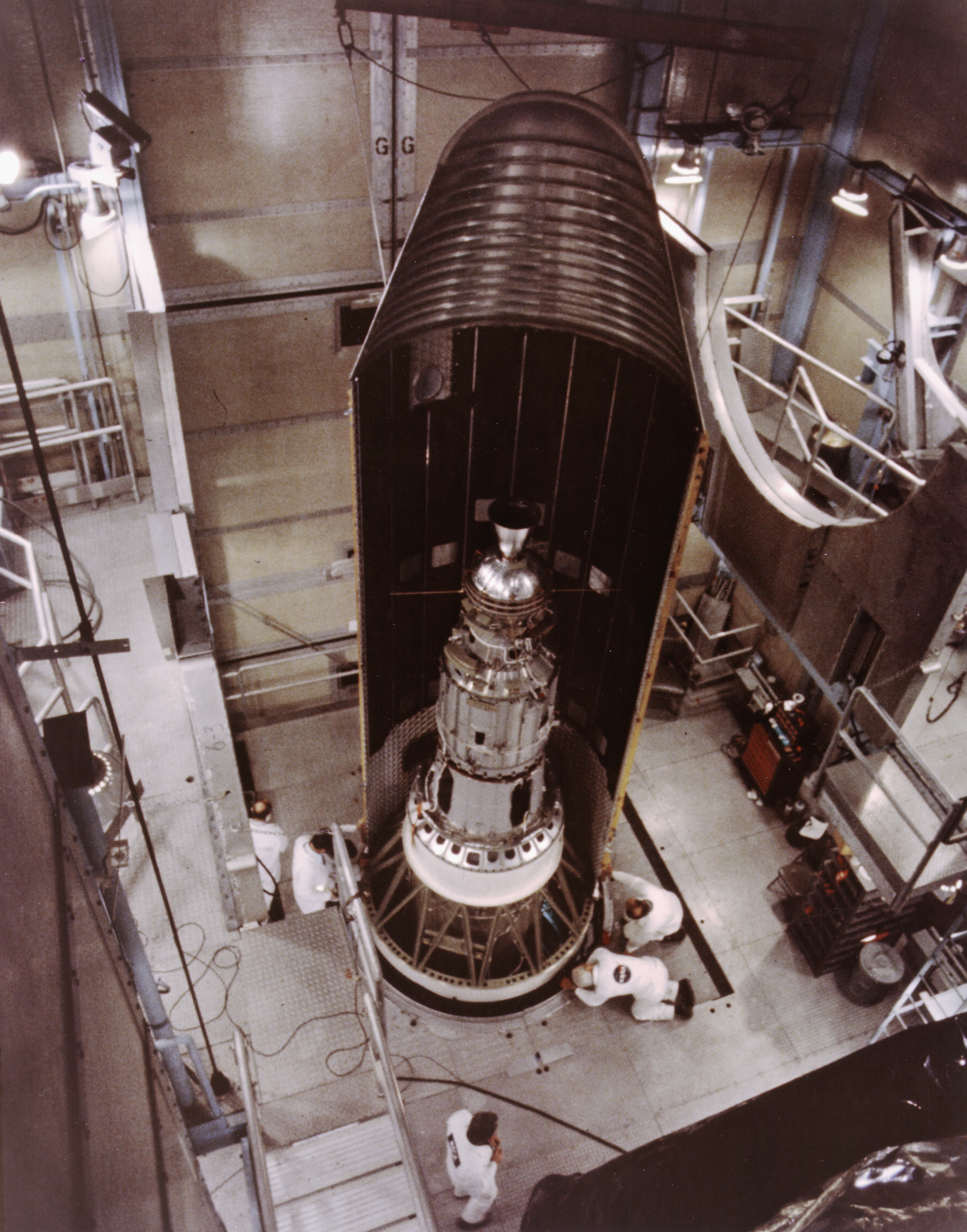Please login in order to download photos in full size
If you are not registered, please register for free: www.Free-Photos.biz/register
Please note to download premium images you also need to join as a free member..
You can also save the photos without the registration - but only in small and average sizes, and some of them will have the site's watermark. Please simply click your right mouse button and save the image.
Please login in order to like photos
If you are not registered, please register for free:
Sorry, non-members can download up to 1100 full-size photos per month.
It looks like you have used up your limit.
Free members can download an unlimited number of full-size photos - including the premium free photos.
Join as a member today for FREE! - and download the images without limitations:
www.Free-Photos.biz/membership.php
You can also save the images without the membership - but only in small and average sizes, and some of them may have the site's watermark. Please simply click your right mouse button and save the image.

|
This is a premium free photo
This photo was viewed 2 times and was downloaded in full size 1 times.
This photo was liked 0 times
If you are a member, please login in order to see the source link of the above image.
| Description |
English: Inside the nose cone of this Delta rocket is Goddard's geophysics research satellite, a 906-lb. (411-kg) satellite that looked more like a dimpled cosmic golf ball. The spacecraft, which NASA launched from the Western Test Range in California in 1976, provided a stable point in the sky to reflect pulses of laser light. By timing the return of the laser beam to an accuracy of about one ten-billionth of a second, scientists expected to measure the relative location of participating ground stations within one inch or a few centimeters. These measurements allowed scientists to track and analyze tectonic plate movement and continental drift. The spacecraft, called the LAser GEOdynamics Satellite (LAGEOS), was the precursor to the current-day Global Positioning System (GPS) system operated by the Defense Department.
|
|||||
| Date | ||||||
| Source | Great Images in NASA Description | |||||
| Author | NASA | |||||
| Permission (Reusing this file) |
|
| This image or video was catalogued by Goddard Space Flight Center of the United States National Aeronautics and Space Administration (NASA) under Photo ID: GPN-2000-001329 AND Alternate ID: L-76-3. This tag does not indicate the copyright status of the attached work. A normal copyright tag is still required. See Commons:Licensing for more information. |
Public Domain
| EXIF data: | |
| File name | lageos-1_encapsulation.jpg |
|---|---|
| Size, Mbytes | 5.3307109375 |
| Mime type | image/jpeg |
While the copyright and licensing information supplied for each photo is believed to be accurate, Free-Photos.biz does not provide any warranty regarding the copyright status or correctness of licensing terms. If you decide to reuse the images from Free-Photos.biz, you should verify the copyright status of each image just as you would when obtaining images from other sources.
The use of depictions of living or deceased persons may be restricted in some jurisdictions by laws regarding personality rights. Such images are exhibited at Free-Photos.biz as works of art that serve higher artistic interests.
PRIVACY POLICY
By registering your account and/or by subscribing to new and newly rated photographs you agree we may send you the links to photos and we may occasionally share other information with you.
We do NOT disclose your personal data.




